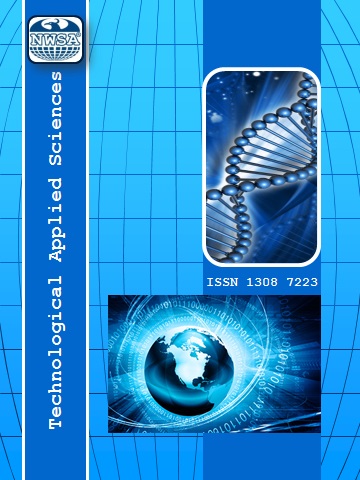EXERGY ANALYSIS OF AN HOMOGENE CHARGING COMPRESSION IGNITION (HCCI) ENGINE
Cemil YILMAZ1
,
Hasan YAMIK2
Homogeneous Charge Compression Ignition (HCCI) engines are known to have a number of advantages such as high thermal efficiency, very low NOx and PM emissions and low heat losses compared to conventional spark plug ignition (SI) and compression ignition (CI) engines. Therefore, in HCCI engines, the air/fuel mixture formed outside the cylinder is taken into the cylinder almost homogeneously and compressed, and when the temperature of the air/fuel mixture reaches the ignition temperature, combustion starts simultaneously in all parts of the cylinder. However, the simultaneous combustion of the mixture simultaneously in the whole cylinder results in a very high increase in the pressure, especially at high engine loads, which causes a knock. At low engine loads, there is an inability to ignite due to the extremely poor mixture. Because of these problems, HCCI engines are not yet commercially available directly. In this study, HCCI engine was examined by exergy method. In experiments performed at 8 different engine speeds, the percentage of fuel exergy; On the other hand, in this study, it is obtained that the average exhaust energy is 10.1%, cooling water exergy is 5.8%, radiation exergy is 6.8%, effective power exergy is 17.2% and exergy loss is 16.7%.
Keywords
Homogeneous Charging ,
Compression Ignition,
Engine,
Exergy,
Emission,
 +90(535) 849 84 68
+90(535) 849 84 68 nwsa.akademi@hotmail.com
nwsa.akademi@hotmail.com Fırat Akademi Samsun-Türkiye
Fırat Akademi Samsun-Türkiye
